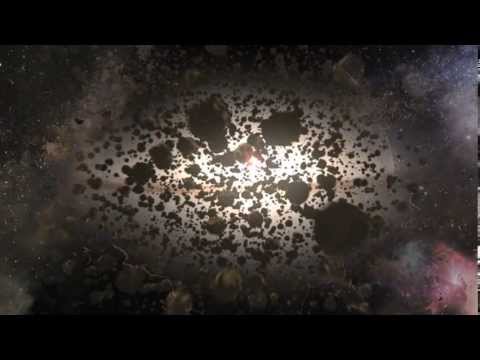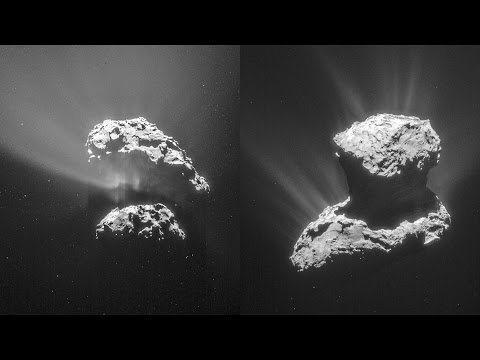The Oort Cloud: A Window into the Origins of our Solar System
The Oort Cloud is a mysterious and enigmatic region of our solar system that has long fascinated astronomers and scientists. Located at the outermost reaches of our solar system, the Oort Cloud is a vast and diffuse region of space that is home to countless icy bodies, comets, and other debris left over from the formation of our solar system.
Named after the Dutch astronomer Jan Oort who first proposed its existence in the 1950s, the Oort Cloud is believed to extend from about 2,000 to 100,000 astronomical units (AU) from the sun, with one AU being the average distance between the Earth and the sun. This means that the Oort Cloud is located far beyond the orbit of Pluto, the most distant planet in our solar system.
The Oort Cloud is thought to be the source of long-period comets, which are comets that take hundreds or even thousands of years to complete a single orbit around the sun. These comets are believed to have been gravitationally perturbed by the planets in our solar system and sent on long, elliptical orbits that take them deep into the inner solar system.
Studying the Oort Cloud and its inhabitants can provide valuable insights into the early history of our solar system. The icy bodies and comets in the Oort Cloud are believed to be remnants from the primordial solar nebula, the cloud of gas and dust that collapsed to form our solar system over 4.6 billion years ago. By studying these objects, scientists can learn more about the conditions and processes that led to the formation of our solar system.
One of the key questions that researchers are trying to answer is how the Oort Cloud was formed. Some scientists believe that the Oort Cloud may have been formed from the remnants of the early solar system that were scattered by the gravitational influence of the giant planets, such as Jupiter and Saturn. Others suggest that the Oort Cloud may have formed from material that was captured from passing stars or other nearby star systems.
In recent years, advances in technology and observational techniques have allowed astronomers to study the Oort Cloud in more detail than ever before. The discovery of objects such as Sedna, a distant dwarf planet with a highly elliptical orbit, has provided new insights into the outer reaches of our solar system and the dynamics of the Oort Cloud.
As our understanding of the Oort Cloud continues to grow, so too does our knowledge of the origins and evolution of our solar system. By studying this distant and mysterious region of space, scientists are unlocking the secrets of our cosmic past and gaining a better understanding of the processes that shaped our solar system into the complex and dynamic system that we see today. The Oort Cloud truly is a window into the origins of our solar system, offering a glimpse into the distant past and the forces that shaped our cosmic neighborhood.













